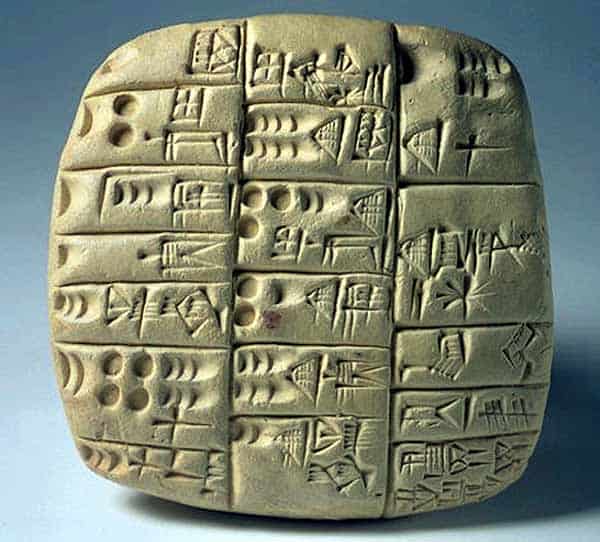
Akkadian, or Assyro-Babylonian, is the oldest attested written language – the code for the cuneiform writing system. Texts written in Akkadian date back as early as 2800 BC, and although it hasn’t been spoken for well over two thousand years, the language can be considered invaluable to the unraveling of the first human civilizations from Mesopotamia.
A hundred years in the making, the last volume in a exhaustive series of Akkadian dictionaries was finally completed and released by scholars at the University of Chicago. The 21 complete volumes have been elaborated as a result of pain painstakingly analyzing and deciphering hundreds of thousands of clay tablets.
The project was initiated in the early 1920s by James Henry Breasted, who also founded the Oriental Institute at the Chicago University in 1919; this was just a hundred years after cuneiform was first discovered. Now complete, the Akkadian dictionary is intended as a window to the oldest culture known to man. Gil Stein, the current director of the university’s Oriental Institute, said “[it] is an indispensable research tool for any scholar anywhere who seeks to explore the written record of the Mesopotamian civilization.”
Progress has been sluggish, with all the 90 years needed to complete just 21 volumes and all, but considering scholars had to go through deteriorated tablets, constant new finding from exhalations and such I think they did a pretty good job.
What’s remarkable in the with 28,000 defined words dictionary is that for most of the words, especially important, generic terms, you’ll find whole pages dedicated to explaining the meaning and contextualization of these words. There are, for example, 17 pages devoted to the word “umu,” meaning “day.” Considering Akkadian is a dead language, a more encyclopedic variant of the dictionary was indeed warranted.
I don’t know how many of your are interested in dabbling in a bit of Akkadian, but nevertheless I found this terribly exiting and had to post. A full set of the dictionary sells for $1,995, and individual volumes range from $45 to $150. They are all available for free online under .pdf format. Just go here and click on the download arrow button at the right of each volume; it should open a pdf.






